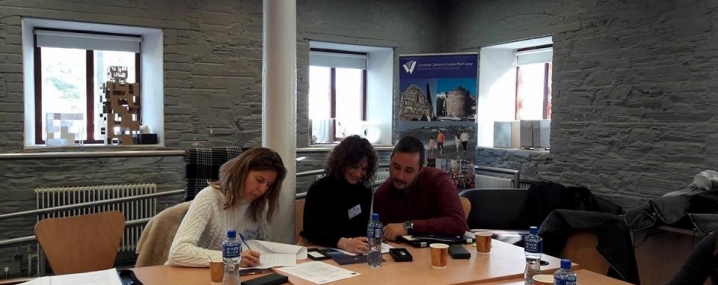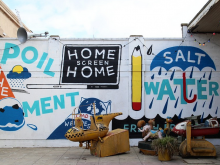Ibi
Until the 19th century, the economy of Ibi was based on agriculture and ice businesses. Ibi was one of the first Spanish places where the ice-cream industry started to work.During the 1940s and 1950s the toy industry started to grow reinforcing preexistent important factories such as Rico and Paya which had more than 100 workers at that time.The Paya brothers were one of the pioneer toy producers in Spain making toys as horse tartans.
The population of Ibi grew very fast in the 1950s and 1960s from around 3,000 inhabitants to 20,000 inhabitants. There were more than 1,000 factories that occupied thousands of square meters in the actual urban and residential area. Until 1975, Ibi and the whole Toy Valley had a prospering economic period. After 1975, however, the industry started to face strong competition from other markets such as China. As a consequence, traditional enterprises had to close.
Nowadays, Ibi has a more diversified industry and one of the biggest industrial areas in the Province of Alicante.This industrial area is located outside the residential areas, not like the traditional industrial area whose old buildings are still situated in the city centre. In the last years, these old factory buildings were renovated by the Municipality and started to host public services. In the context of the implementation network CREATIVE SPIRITS, of which Ibi is part, the city aims at rethinking traditional crafts and attract a new generation of designers.
SOME RELATED NETWORKS
CREATIVE SPIRITS
Article



